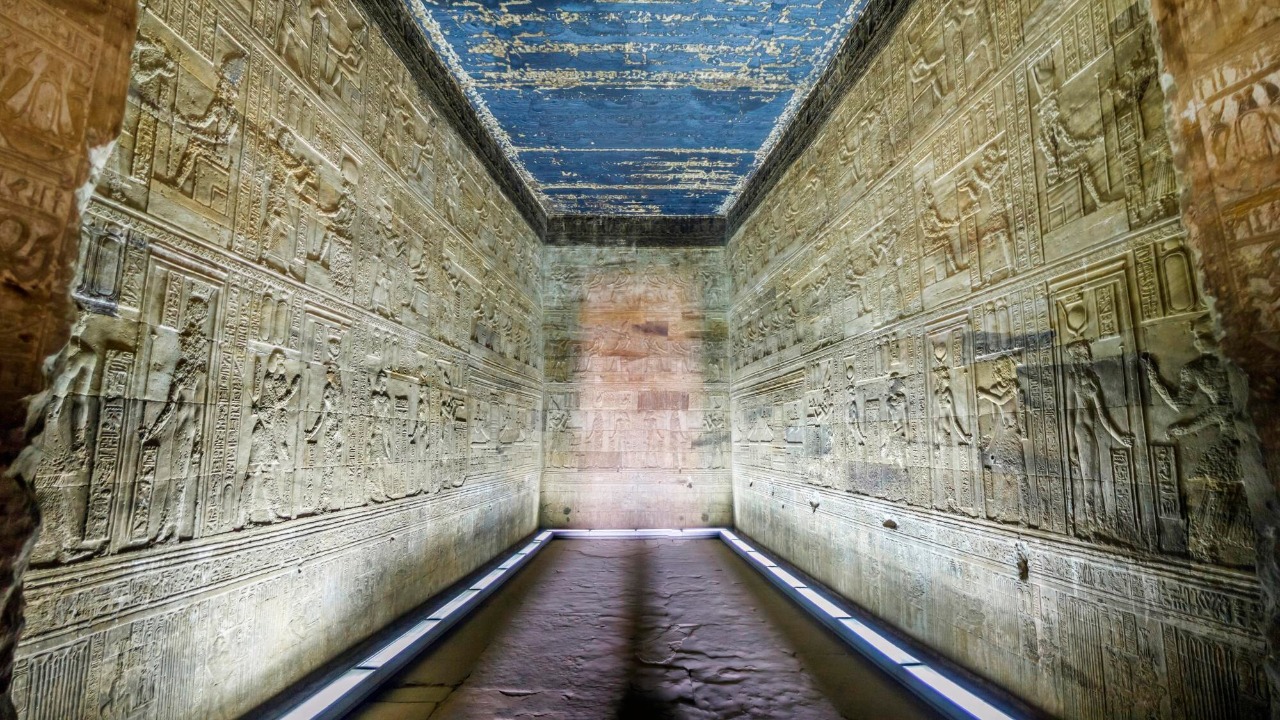
Deep within the Great Pyramid of Giza, a tantalizing discovery has been identified that could rewrite the history of the Pharaohs. This breakthrough, emerging from advanced scanning technologies, points to previously undetected structures that may hold clues to ancient Egyptian burial practices and royal legacies. Reported on November 12, 2025, the finding has sparked global interest among archaeologists eager to explore its potential to transform our understanding of pharaonic dynasties.
The Great Pyramid’s Architectural Secrets
The Great Pyramid of Giza, constructed around 2580–2560 BCE under Pharaoh Khufu, stands as the largest of the Giza complex. This colossal structure was designed as a tomb to safeguard the royal afterlife, a testament to the grandeur and mystery of ancient Egyptian civilization. Known internal features like the King’s Chamber and Grand Gallery have fueled centuries of speculation about undiscovered voids and hidden chambers. The Great Pyramid continues to be the focal point of ongoing non-invasive research efforts, with each new discovery adding another layer to our understanding of this architectural marvel.
Advances in Detection Technology
Modern technology has played a pivotal role in unveiling the secrets of the Great Pyramid. Techniques such as muon tomography and cosmic-ray imaging, pioneered by projects like ScanPyramids since 2015, have been instrumental in mapping hidden densities without physical intrusion. International teams, including Japanese and Egyptian researchers, have deployed ground-penetrating radar to identify anomalies within the pyramid. The recent reporting on November 12, 2025, revealed how these tools detected a potential chamber approximately 30 meters above the base of the pyramid.
Uncovering the New Anomaly
The newly discovered void, estimated at 9 meters by 10 meters, is located near the north face entrance of the pyramid. Initial interpretations suggest it could be a ritual space or storage area tied to pharaonic preparations. Lead investigator Dr. Motoyuki Sato has expressed excitement about the anomaly’s tantalizing implications for unexplored pyramid functions, hinting at the potential for groundbreaking insights into the lives and practices of the ancient Egyptians.
Connections to Pharaoh Khufu and Beyond
This discovery could shed new light on the reign of Pharaoh Khufu and his Fourth Dynasty contemporaries. Potential artifacts within the newly discovered chamber could provide valuable insights into the cultural, religious, and political dynamics of the time. The Great Pyramid of Giza, as the final resting place of Khufu, serves as a cornerstone for understanding the evolution of dynastic Egypt. The shared construction techniques across Giza’s pyramids could also reveal broader ties to other pharaohs and their respective reigns.
Challenges in Exploration and Preservation
While the discovery is exciting, it also presents significant challenges. Egypt’s strict antiquities laws prohibit destructive entry into ancient structures, a policy enforced by the Ministry of Tourism and Antiquities. Environmental risks to the 4,500-year-old structure from potential excavations or tourism pressures also pose significant concerns. As emphasized in the November 12, 2025, report, ethical, non-invasive methods are crucial to balance scientific gain with the preservation of this invaluable historical site.
Expert Perspectives on Historical Impact
Noted Egyptologist Zahi Hawass believes the find could confirm theories of hidden sarcophagi or ceremonial items within the pyramid. On the other hand, scholars like Professor Joyce Tyldesley are debating whether this discovery challenges or supports traditional views of pharaonic isolation in tombs. Regardless of differing perspectives, there is consensus that this discovery has the potential to “write a new chapter in the history of the Pharaohs” through revised timelines of royal interments.
Future Steps and Global Collaboration
Looking ahead, the ScanPyramids consortium plans to conduct endoscopic probes or further imaging in 2026 to decode the anomaly’s contents. This endeavor will require close collaboration between Egyptian authorities, CERN physicists, and universities worldwide. In the long term, this discovery could lead to updated UNESCO protections for the Giza plateau, ensuring the preservation and study of this iconic symbol of ancient civilization for generations to come.
More from MorningOverview